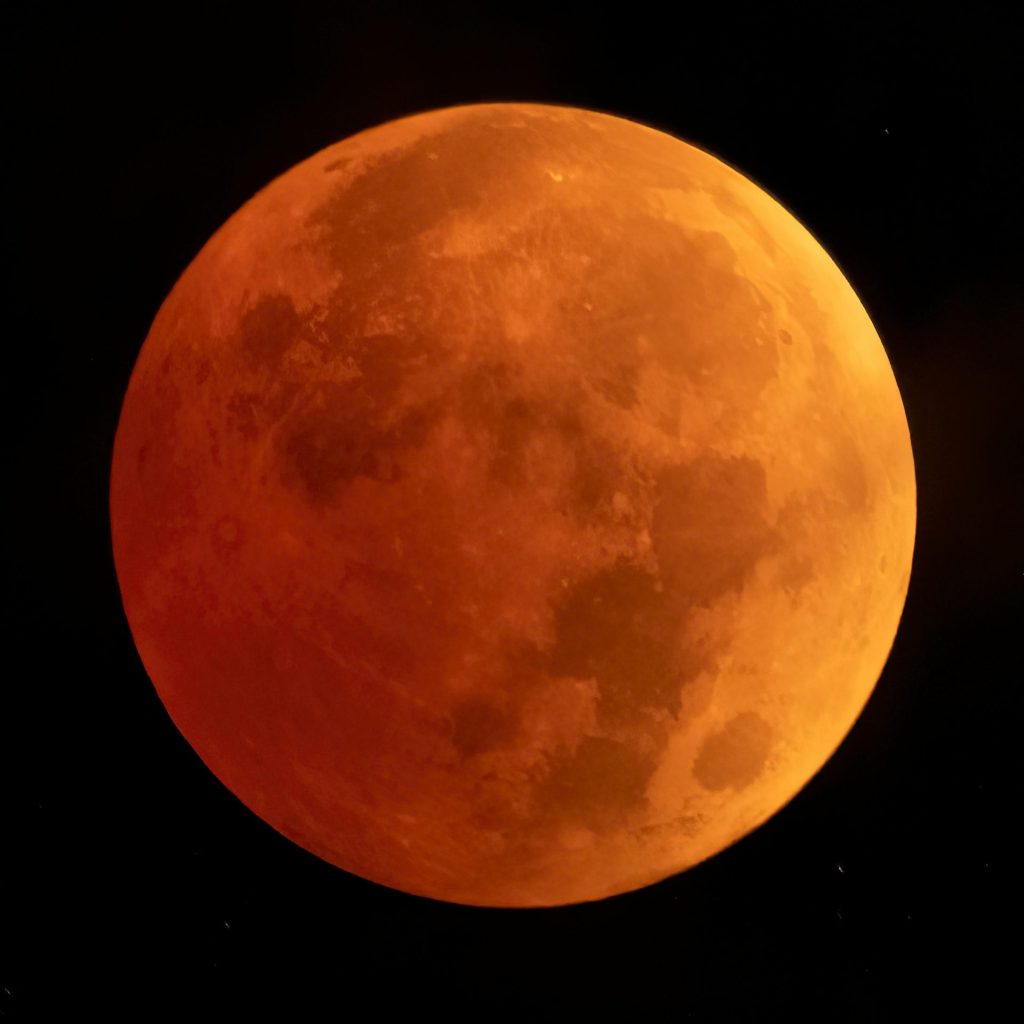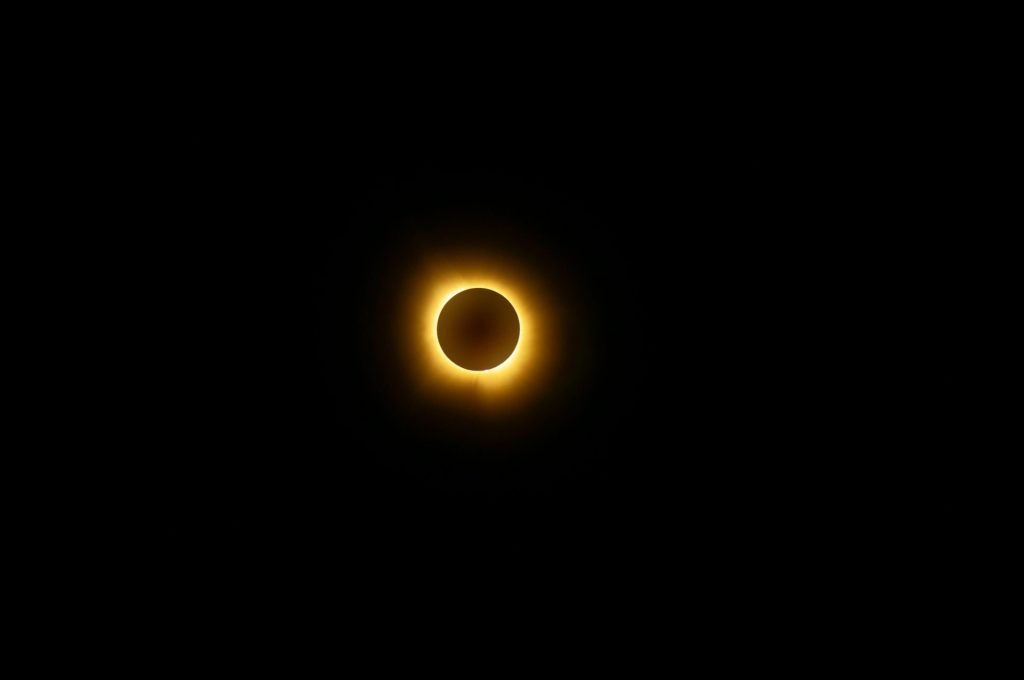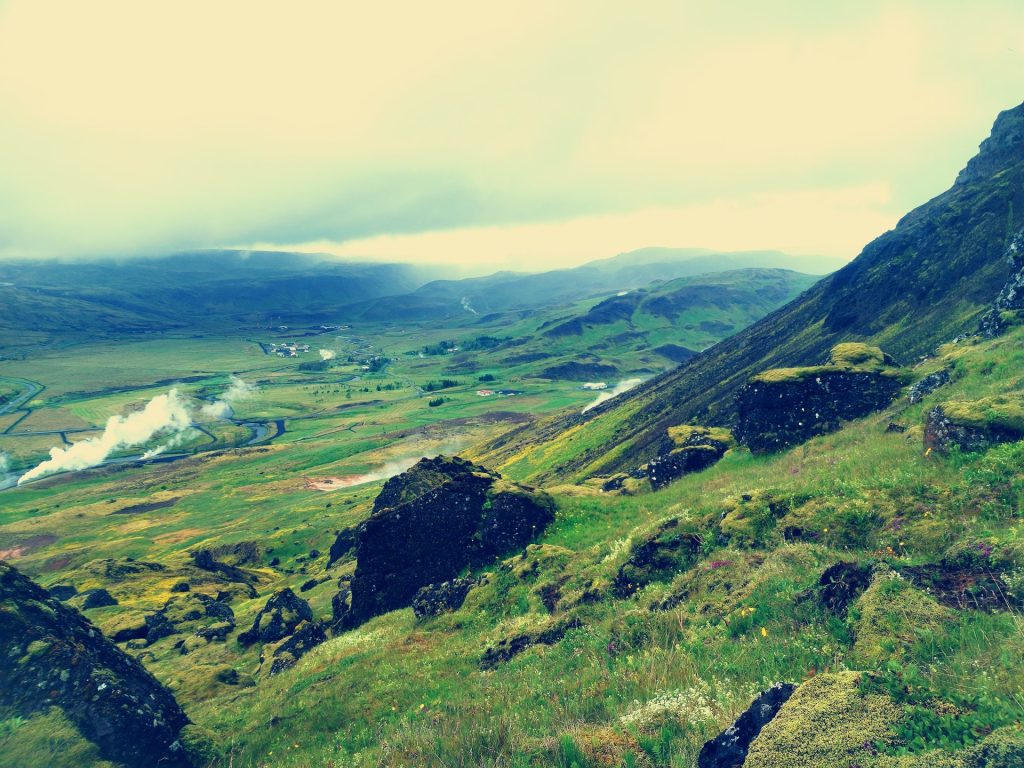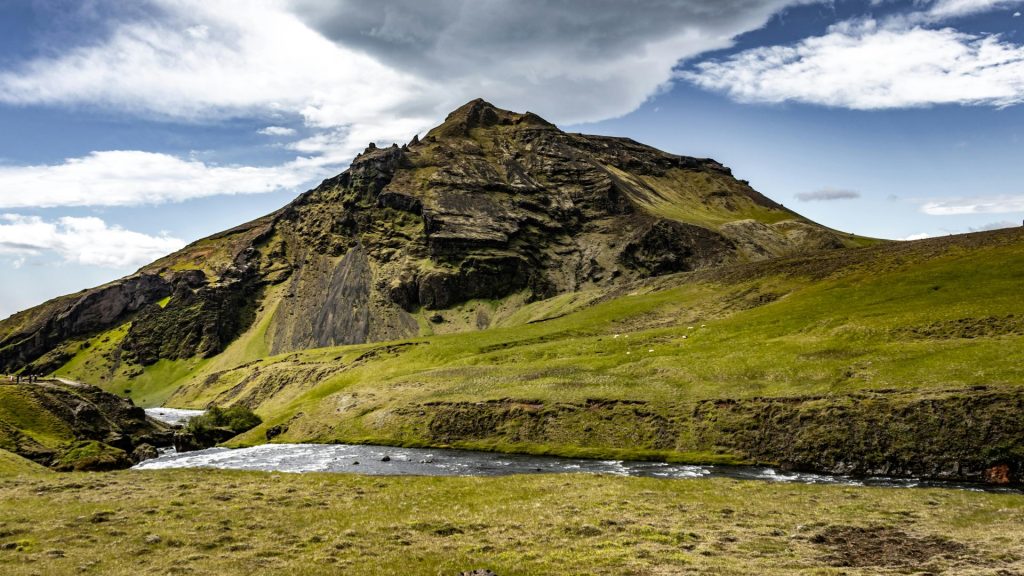This August, Iceland will witness an extraordinary event that will capture the attention of astronomy enthusiasts and lovers of natural beauty alike. A total solar eclipse – one of the most breathtaking phenomena visible from Earth – will transform daylight over the North Atlantic for a few unforgettable minutes. Imagine the immense disk of the Moon slowly covering the Sun, plunging the landscape into an eerie twilight, silencing birds, cooling the air, and making even the wind seem to pause. This is no ordinary play of shadows – it is a cosmic performance that has fascinated humankind for millennia.
A solar eclipse occurs when the Sun, the Moon, and the Earth align so perfectly that the Moon blocks the Sun’s disk, revealing its delicate and elusive corona – the outer layer of the Sun’s atmosphere, normally drowned in blinding light. Only during totality can we see this shimmering halo. Scientists take this rare opportunity to study the corona’s temperature, structure, and rapid changes, which can influence space weather and, indirectly, even technology on Earth. But for most observers, the eclipse is primarily an emotional experience: a brief “switching off” of daylight, when the sky behaves like a living being.

Iceland gives this event an even more extraordinary character. Rugged lava fields, jagged cliffs, glaciers, and solitary lighthouses create a backdrop so unusual it feels custom-made to highlight the uniqueness of the eclipse. Here, light behaves unpredictably: fog can settle over the fjords in an instant, only to vanish moments later, leaving perfect clarity behind. During the eclipse, every one of these atmospheric quirks can tint the sky in a new, unrepeatable shade. It’s no wonder that many travelers say the northern parts of the world offer the most dramatic conditions for watching astronomical phenomena.
And while Iceland becomes the main stage for this August’s spectacle, it’s worth remembering that the southern regions of the world – including our own – also play a meaningful role in this cosmic story. From here, we observe the Sun’s path from a different angle; our skies often offer more stable conditions that make many astronomical events appear especially vivid. In southern latitudes, one learns to read the heavens: to recognize constellations that never rise in the far north, to follow seasonal changes in the Sun’s height, and to enjoy long, warm sunsets that lead seamlessly into nighttime skywatching. Although this year’s total eclipse belongs to Iceland, we in the south appreciate its rarity all the more because we experience the sky from an entirely different perspective. The combination of these viewpoints makes celestial events even more fascinating.
Fun Facts – Should You Know This?

• During totality, the temperature can drop by several degrees – some people claim they feel a sudden chill on their skin.
• Animals often behave as if evening has arrived: birds fall silent, sheep seek shelter, and some insect species stop flying.
• The light just before totality – known as eclipse light – has a distinct olive-grey shade that cannot be seen in any other natural situation.
• In ancient cultures, eclipses were interpreted as messages from the gods or even as mythical creatures “devouring the Sun.”
• Although they seem rare, total solar eclipses occur somewhere on Earth every few years – but at any specific location, they typically appear only once every several centuries.
Discover More of the Night Sky
For those who, after witnessing the eclipse, would like to explore the mysteries of the night sky – whether above Iceland or here in the southern part of the world – we recommend visiting a dedicated website that offers daily insights into celestial events. It’s a place where you can check which planets are visible, how the seasonal sky changes, and when to look out for meteor showers. With this resource, anyone can become a skywatcher, even without a telescope – all you need is curiosity and a starry night. You’ll find the link to this helpful site below. https://earthsky.org




